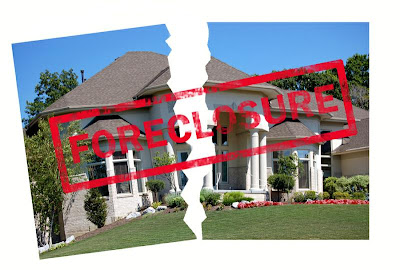 | |||
| Image Source: PRLog.org |
The recession’s domino effect has affected personal lives. Many companies have declared bankruptcy so many have lost their jobs. In effect, a high number of Americans were faced with difficulty in paying up their loans and mortgages.
To counter this dilemma, the government has laid out programs to assist homeowners who are at risk of foreclosures and are struggling to pay their monthly mortgages. Most of these programs are made available through the U.S. Department Treasury and the Department of Housing and Urban Development (HUD).
Among the many programs designed to avoid foreclosure are:
1. HAMP (Home Affordable Modification Program)
Under this program, the monthly mortgage payment is lowered up to 31 percent of the borrower’s monthly gross income to make the payments affordable. This mortgage modification typically results to a 40 percent drop in monthly mortgage.
 | |||
| Image Source: HomeExpertsRealty.net |
2. Principal Reduction Alternative (PRA)
PRA is specifically designed to help homeowners whose homes are worth significantly less than they owe. Under this program, investors and lenders are encouraged to lower the amount borrowed from them by lowering or reducing the principal.
3. (UP) Home Affordable Unemployment Program
Due to the increased unemployment, many homeowners are unable to pay their mortgages. Hence UP provides assistance to unemployed homeowners by providing temporary reduction or suspension of the mortgage payments for at least a year while the homeowner sees re-employment.
 |
| Image Source: PRLog.org |
In the event that the borrowers cannot pay the debt because it is unaffordable, HAFA provides them a means to avoid costly foreclosures. Among the options available under this program are short sale and deed-in-lieu (DIL) of foreclosure. Under the short sale option, the lender allows the borrower to sell the mortgaged property with the understanding that the proceeds of the sale may be less than the total amount of the first mortgage. In DIL, the borrower voluntarily surrenders and transfers ownership of the asset to the lender provided that the property is free of mortgages and liens.
More topics on foreclosure are available on Evan Granowitz’s blog.
No comments:
Post a Comment